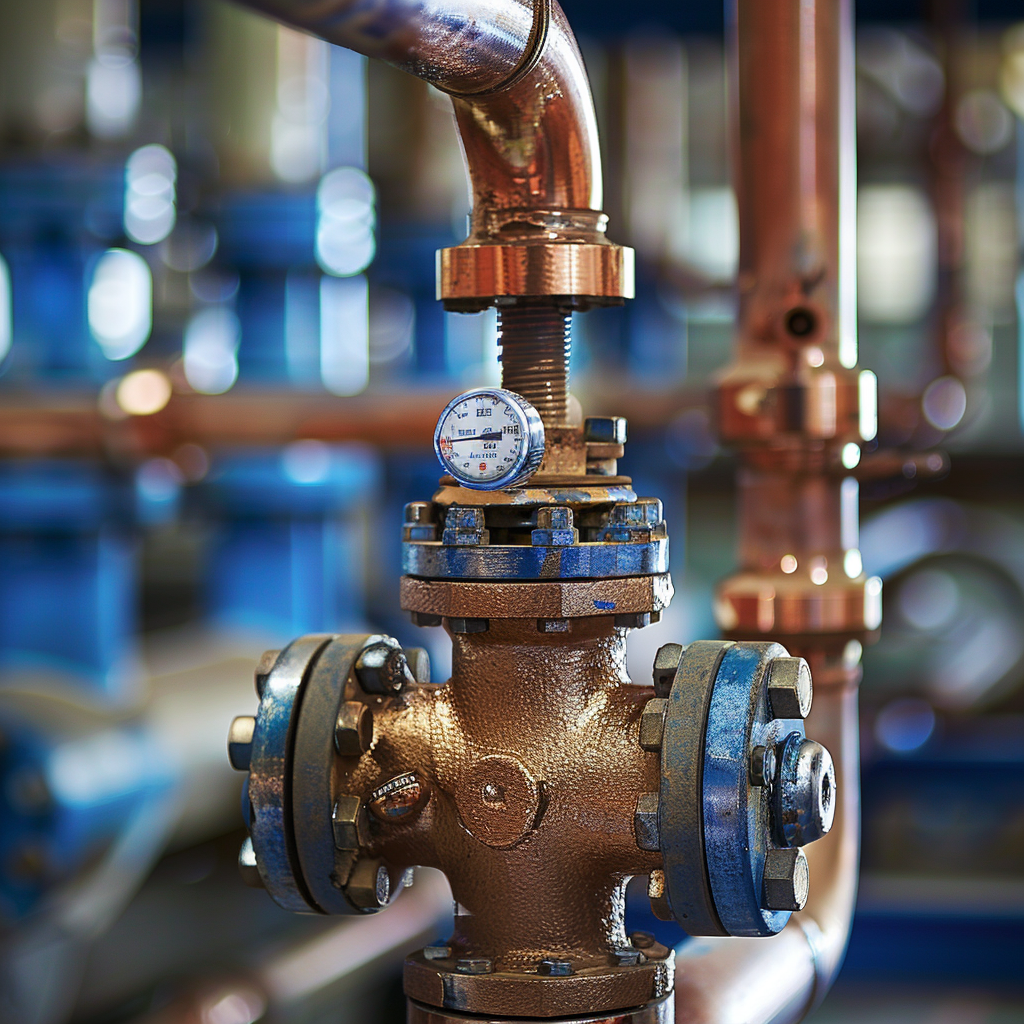Introduction
Valves are critical components in industrial and municipal systems, controlling the flow of liquids and gases. In Europe, where winter conditions can be harsh and varied, ensuring the reliable operation of valves becomes a significant challenge. Cold temperatures, snow, and ice can affect valve performance, leading to potential system failures and costly downtime. This article explores the impact of winter conditions on valves in Europe, the challenges they present, and the innovative solutions being implemented to address these issues.
The Impact of Winter Conditions on Valves
Temperature Extremes
European winters can bring about extreme cold, with temperatures dropping well below freezing. This can cause several issues for valve systems:
- Freezing of Fluids: The most immediate risk is the freezing of the fluid within the valve, which can prevent it from operating correctly or cause physical damage due to expansion.
- Material Contraction: Cold temperatures cause materials to contract. In valves, this contraction can lead to leaks or misalignment, affecting the seal integrity and operational efficiency.
- Brittleness: Some materials, especially certain plastics and metals, become brittle at low temperatures, increasing the risk of breakage under pressure or stress.
Snow and Ice Accumulation
Snow and ice can accumulate on valves and associated infrastructure, leading to:
- Obstructed Access: Accumulation can block access to valves, delaying necessary maintenance and adjustments.
- Increased Load: The weight of snow and ice can place additional stress on valve structures and supports, potentially leading to mechanical failure.
- Corrosion: When snow and ice melt, they can introduce moisture to areas that are typically dry, increasing the risk of corrosion.
Challenges in Different European Regions
Europe's climate varies widely, from the subarctic conditions in Scandinavia to the milder, yet still challenging, winters of Southern Europe. Each region presents unique challenges for valve operations:
- Northern Europe: In countries like Norway, Sweden, and Finland, extremely low temperatures and heavy snowfall are common. Valves must be designed to withstand prolonged exposure to these conditions.
- Central Europe: Countries such as Germany and Poland experience moderate winter conditions with occasional severe cold snaps. Valves in these areas must be adaptable to fluctuating temperatures.
- Southern Europe: While winters are milder, countries like Italy and Spain still face challenges with frost and occasional snow, especially in mountainous regions.
Solutions and Innovations
Material Selection
Selecting the right materials is crucial for ensuring valve reliability in winter conditions:
- Metals: Stainless steel and other alloys are preferred for their resistance to corrosion and ability to maintain structural integrity at low temperatures.
- Composites: Advanced composite materials offer excellent thermal stability and resistance to brittleness, making them ideal for extreme environments.
- Elastomers: Choosing the right elastomers for seals and gaskets is essential. They must maintain flexibility and sealing performance in cold conditions.
Design Considerations
Designing valves specifically for winter conditions can mitigate many of the challenges:
- Insulation: Adding insulation to valves and associated piping can prevent freezing by maintaining internal temperatures.
- Heating Elements: Electric or steam-based heating elements can be integrated into valve designs to keep critical components above freezing temperatures.
- Sealed Enclosures: Protecting valves with sealed enclosures can prevent snow and ice accumulation and reduce exposure to harsh weather.
Maintenance Strategies
Regular maintenance is key to ensuring the long-term reliability of valves in winter:
- Pre-Winter Inspections: Conducting thorough inspections before the onset of winter can identify potential issues and allow for proactive maintenance.
- Routine Checks: Regular checks during winter months ensure that snow and ice are not obstructing valve access or operation.
- Emergency Preparedness: Having a plan in place for rapid response to valve failures can minimize downtime and prevent system-wide impacts.
Technological Innovations
Advancements in technology offer new ways to enhance valve performance in winter:
- Smart Valves: Equipped with sensors and IoT connectivity, smart valves can provide real-time data on their operational status and environmental conditions, allowing for predictive maintenance and automated adjustments.
- Remote Monitoring: Remote monitoring systems enable operators to oversee valve performance from a distance, reducing the need for on-site inspections in difficult conditions.
- Advanced Coatings: Protective coatings can enhance the durability of valves by preventing corrosion and reducing ice adhesion.
Case Studies
Scandinavian Success
In Scandinavia, where winter conditions are particularly harsh, innovative solutions have been successfully implemented to ensure valve reliability:
- District Heating Systems: In Sweden, district heating systems utilize insulated and heated valves to maintain efficiency and prevent freezing in harsh winter climates.
- Oil and Gas Industry: Norwegian oil and gas operations employ advanced materials and smart technologies to ensure valve performance in sub-zero temperatures.
Central European Adaptations
Central Europe presents a mix of challenges, requiring adaptable solutions:
- Water Utilities: In Germany, water utilities use insulated enclosures and remote monitoring to ensure uninterrupted service during winter months.
- Manufacturing: Polish manufacturers incorporate heating elements and smart monitoring in valves used in chemical processing to prevent disruptions.
Southern European Challenges
While milder, Southern Europe still faces winter-related valve challenges:
- Agriculture: Italian agricultural operations utilize insulated valves to protect irrigation systems from unexpected frosts.
- Infrastructure: In mountainous areas of Spain, municipalities implement heated valves to ensure the reliability of water and sewage systems.
Conclusion
Winter conditions pose significant challenges for valve operations across Europe, but with the right materials, designs, and technologies, these challenges can be effectively managed. By investing in innovative solutions and proactive maintenance strategies, industries can ensure the reliability and efficiency of their valve systems, even in the harshest winter environments. As climate patterns continue to shift, ongoing adaptation and innovation will be crucial for maintaining infrastructure resilience and operational continuity.
